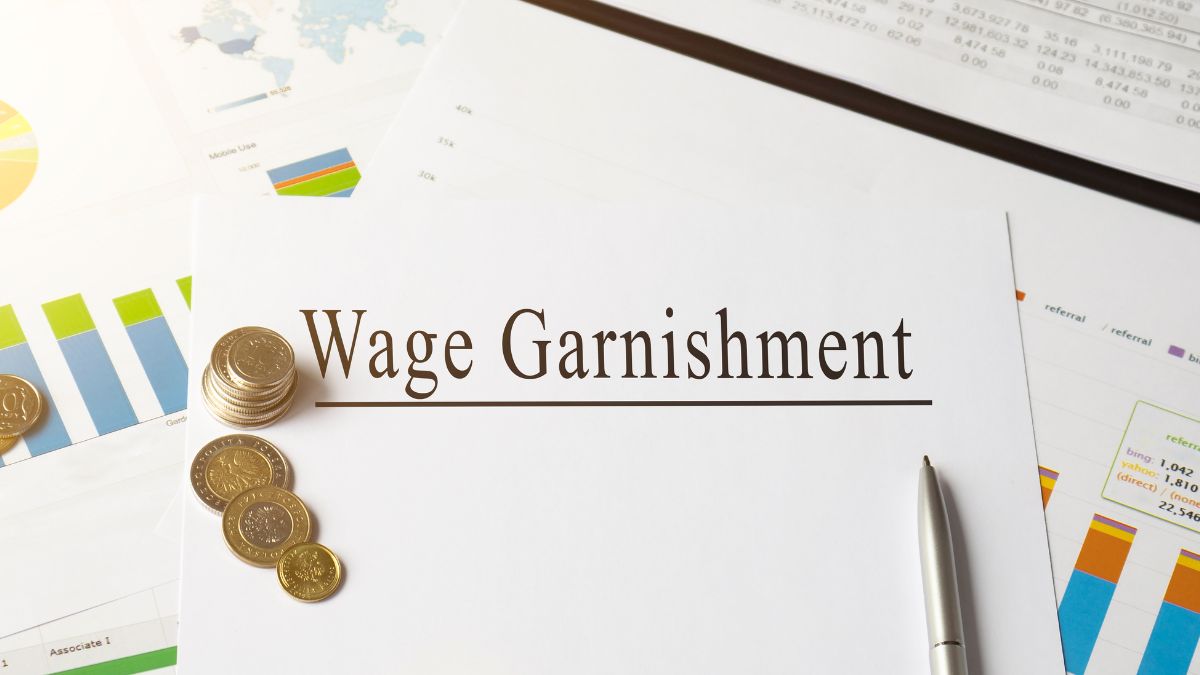A few months ago President Donald Trump announced he would be restarting the country’s student loan collection efforts, and in doing so would reinstate wage garnishment — a practice the government hasn’t used since March 2020. The administration claimed these changes would take effect this summer, but as Americans all over the country prepare for Labor Day weekend, they have yet to see any impact on their paychecks or student loan repayments. So what exactly is the delay? And when can student loan borrowers expect wage garnishment to resume? We look into all of that and more below.
What is wage garnishment?
Wage garnishment occurs when a court or legal professional determines that a portion of a person’s paycheck must automatically go into helping pay off their debts. Usually, this amount is around 15% of one’s disposable income and is required to be reported to your employer. Wage garnishment can also affect Social Security benefits.
In the case of student loans, once wage garnishment begins, part of your paycheck will go toward paying off the remaining balance on your loan – but only if you’ve defaulted on your loan. To prevent this from happening, you can try negotiating the repayment terms in a hearing attended by you and your loan holder or you can pay off your loan (if you’re able).
“If you request a hearing, your loan holder will review your objection(s) and render a decision on the garnishment of your wages within approximately 60 days of your request,” according to the Student Aid website. “If the outcome is favorable for all debts included in the garnishment, garnishment may be stopped.”

They also explain that you can “stop garnishment that’s already underway,” by entering into a rehabilitation agreement for your debt. “After you make the fifth qualifying payment, the garnishment will be suspended until you complete the program.”
For more information on the program and to find out what exactly you need to do to call a hearing, click here.
Why is the wage garnishment taking so long?
Since Trump made the announcement in April that he would reinstate wage garnishment for student loan payments, borrowers have found themselves at a standstill, as these withdrawals have yet to occur.
Scott Buchanan, an executive director at the Student Loan Servicing Alliance, told CNBC he believes it’s because “Getting these programs set back up takes time.”
He also said he thinks it will be “at least a month or more” before the Trump administration can implement these changes for student loan borrowers.
Until that change happens, though, there are a few things you can do to protect yourself.

The first step is to calculate what 15% of your paycheck will be and determine if you can afford to lose that amount of money. If you can’t, consider reaching out to the Default Resolution Group to see if they can prevent the default withdrawals from occurring.
“Once garnishment begins, there will be a flood of calls, and processing times for rehabilitations could be much longer depending on volume,” Buchanan warned in that same CNBC interview. “Use the next month or so to call the Default Resolution Group and discuss your options to avert garnishment.”
The second is to consider paying off some of your student loans now, before these garnishments begin. Doing so will cut back on the amount you owe on your loans and prevent these automatic withdrawals from occurring for an extended period of time.
And of course, if all else fails you can always sit down with a financial expert and figure out what they recommend for you based on your income and how much student loan debt you have.
Wage garnishment also impacts Social Security benefits
“The federal government can garnish your Social Security checks, too,” says personal finance expert Suze Orman, host of the Women & Money podcast and author of The Ultimate Retirement Guide for 50+. “That’s right, up to 15% of your monthly benefit can be taken if you’re in default. But the good news is you have options!”
If you’re in default, you’ll get a notice. In addition to the strategies above, Orman says you can look into consolidating your loans. “You can combine your loans into a new one, and you’re immediately eligible for new repayment plans. Just know that consolidation doesn’t remove the default from your credit history.” What’s more, she adds, “If you’re struggling, you can ask for a hardship hearing. Bring documentation — medical bills, proof of dependents and anything that shows your financial situation.”






